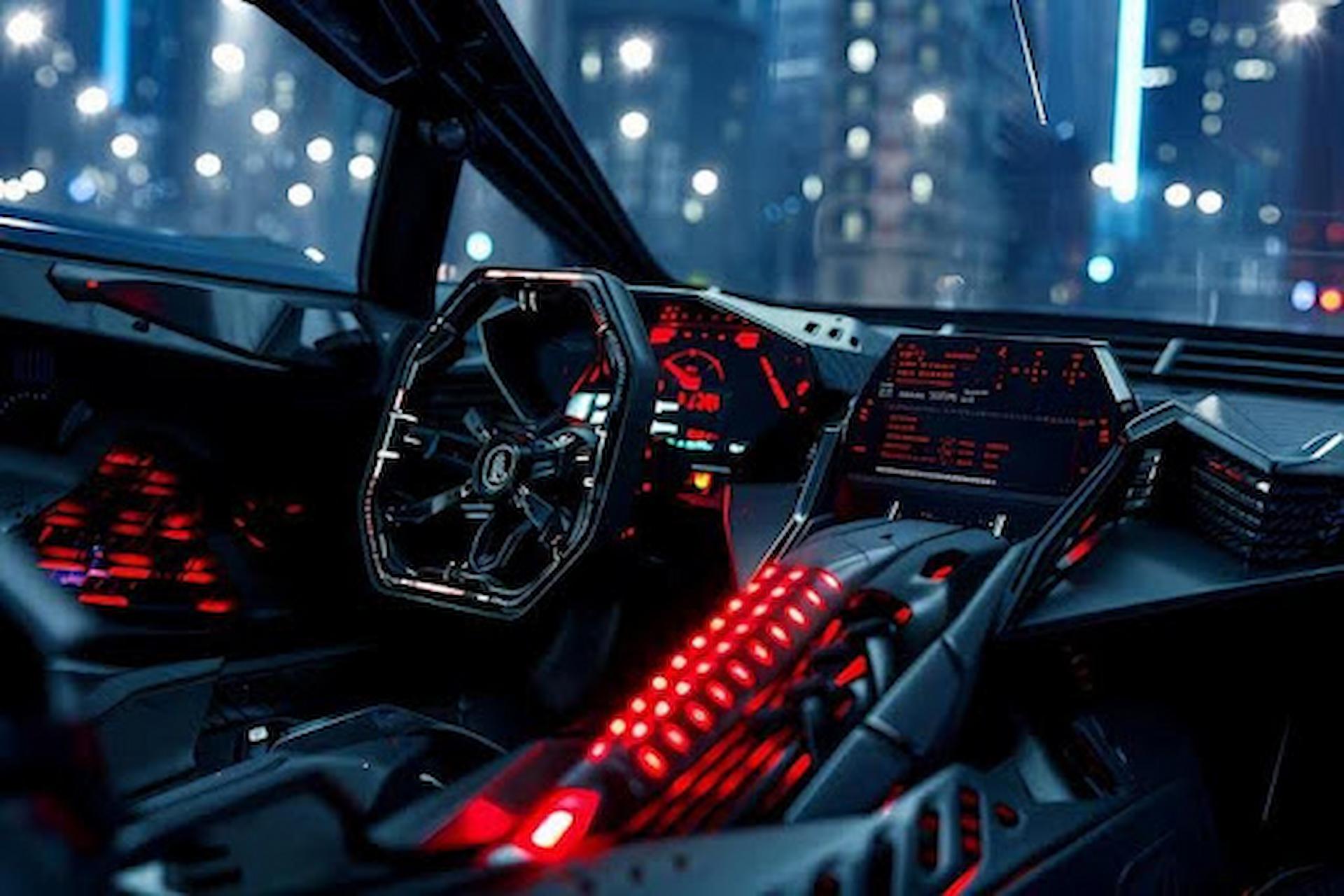Sim racing steering wheels have evolved from simple toys into powerful training tools. Learn how these devices are making professional motorsport training more accessible and effective than ever before.
Motorsport training has always been a complex and expensive endeavour. Historically, aspiring drivers needed significant financial backing to get behind the wheel of a real race car. They would spend countless hours on the track, learning the nuances of braking points, racing lines, and car control. This approach, while effective, was often out of reach for many talented individuals. It was an exclusive world, dominated by those with the resources to fund their passion.
However, a new wave of technology has changed the landscape entirely. Sim racing, once considered a simple hobby, has evolved into a sophisticated training tool. At the heart of this revolution is the modern Sim Racing Steering Wheel. These devices are no longer just plastic toys. They are advanced pieces of hardware, designed to replicate the feel and feedback of a real race car. This shift has opened up new possibilities for drivers at all levels.
The Technology Behind the Wheel
The magic of a modern Sim Racing steering wheel lies in its force feedback system. Early steering wheels offered a simple rumble effect. Today’s high-end models use direct-drive technology. This means the steering wheel is connected directly to a powerful motor. This motor can create incredibly detailed and realistic forces. When a driver hits a kerb, feels the loss of grip, or fights a fast corner, the steering wheel communicates this information directly to their hands.
This level of realism allows for a more immersive and effective training session. Drivers can feel the subtle changes in the car’s behaviour. They can learn to react instinctively, just as they would in a real car. The direct-drive system provides a true-to-life physical sensation. It is a vital component for anyone serious about improving their skills. The fidelity of the force feedback is what separates a toy from a professional-grade training tool.
A New Approach to Training
Using a Sim Racing steering wheel in a training programme offers numerous advantages. Firstly, it is far more accessible. A full sim racing setup is a significant investment, but it is a fraction of the cost of running a real race car. This makes professional-level training more widely available. Young drivers can get thousands of hours of practice without the huge expense of track time, tyres, and fuel.
Secondly, a simulator allows for safe and controlled learning. Drivers can push the limits without the risk of a crash. They can experiment with different racing lines and car setups. This freedom to fail in a virtual environment is crucial for rapid learning. They can also practise on tracks they may never get to drive in real life. This expands their knowledge and adaptability. For instance, they can master the Nürburgring Nordschleife from the comfort of their home.
Data and Analysis
Professional motorsport is data-driven. Modern racing teams use telemetry to analyse every aspect of a driver’s performance. Sim racing steering wheel setups mirror this reality. High-end simulators provide detailed data logging. This data can be analysed to pinpoint areas for improvement. A driver can look at their lap times, brake pressure, steering angle, and throttle application. They can compare their performance to professional drivers. This objective feedback is invaluable.
The data provided by simulators offers several key benefits for driver development:
- Pinpointing weaknesses: Detailed telemetry allows drivers to identify specific areas where they are losing time or being inconsistent, such as braking too early or applying too much throttle.
- Comparing performance: A driver can directly compare their data to that of professional racers, providing a clear benchmark for improvement.
- Structured learning: The data creates a powerful learning loop of practice, analysis, and re-practice, removing guesswork from the training process.
For example, a driver might discover they are too aggressive on the throttle out of a certain corner. They can then go back into the simulator and practise a smoother application. This process of practice, data analysis, and re-practice is a powerful learning loop. It is a structured way to build skill and consistency. It removes the guesswork from training and replaces it with tangible evidence of performance.
The Proving Ground of Virtual Motorsport
It is important to recognise that sim racing is no longer just a game. It has become a legitimate proving ground for talent. Many real-world racing drivers, including Formula 1 stars, use simulators as a core part of their preparation. They use them to learn new tracks and fine-tune their driving style. Some professional sim racers have even made the leap into real-world motorsport. Their success is a testament to the effectiveness of sim training.
The skills learned in the virtual world are transferable to the real one. Car control, race craft, and situational awareness are all honed on the simulator. The physicality of fighting a direct-drive Sim Racing steering wheel also builds strength and stamina. It is a complete training solution. It is no surprise that more and more racing academies are incorporating sim racing into their programmes.
In Closing
The future of motorsport training is undoubtedly digital. As sim technology continues to advance, the line between virtual and real driving will blur even further. We can expect even more realistic force feedback, more accurate physics models, and more immersive virtual environments. The sim racing steering wheel will continue to be the main tool in this revolution. It will make professional-level training accessible to a global audience. It will democratise motorsport, allowing talent to rise to the top based on skill, not just wealth. This evolution is not just about entertainment; it is about creating the next generation of motorsport champions.




